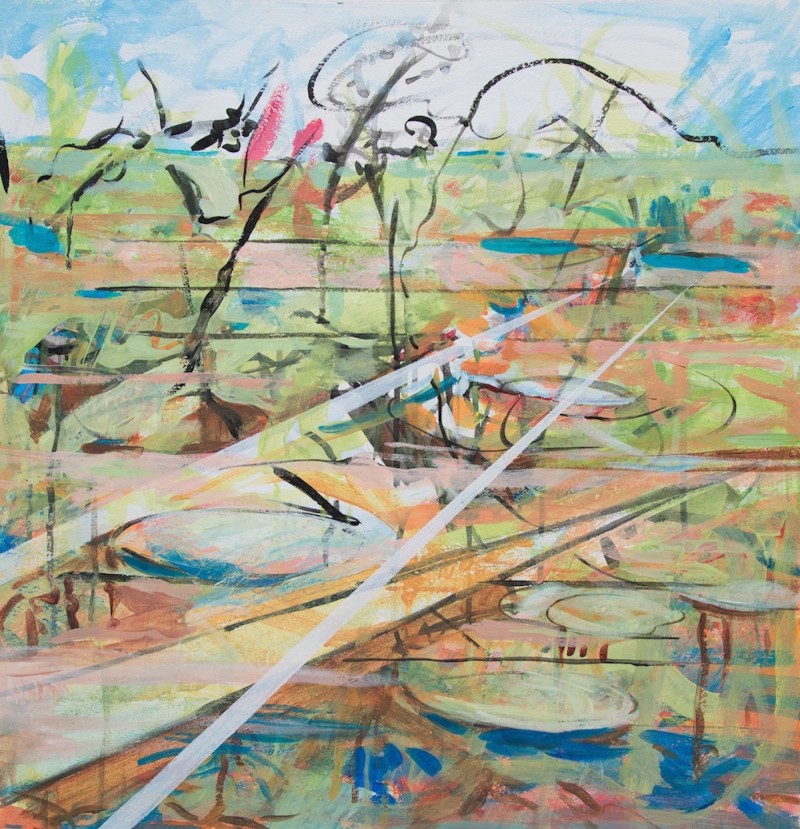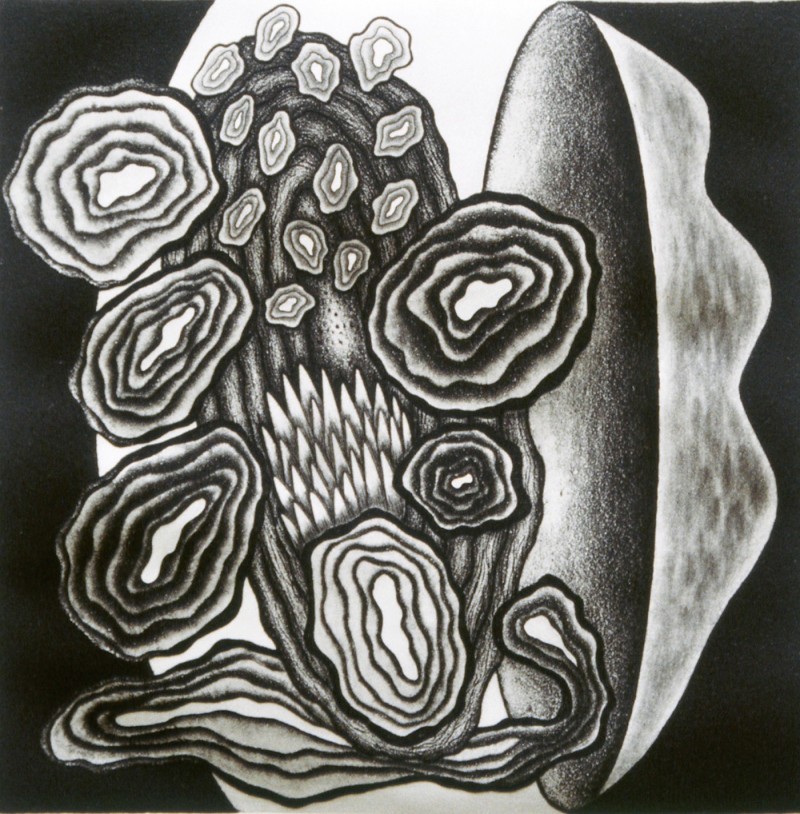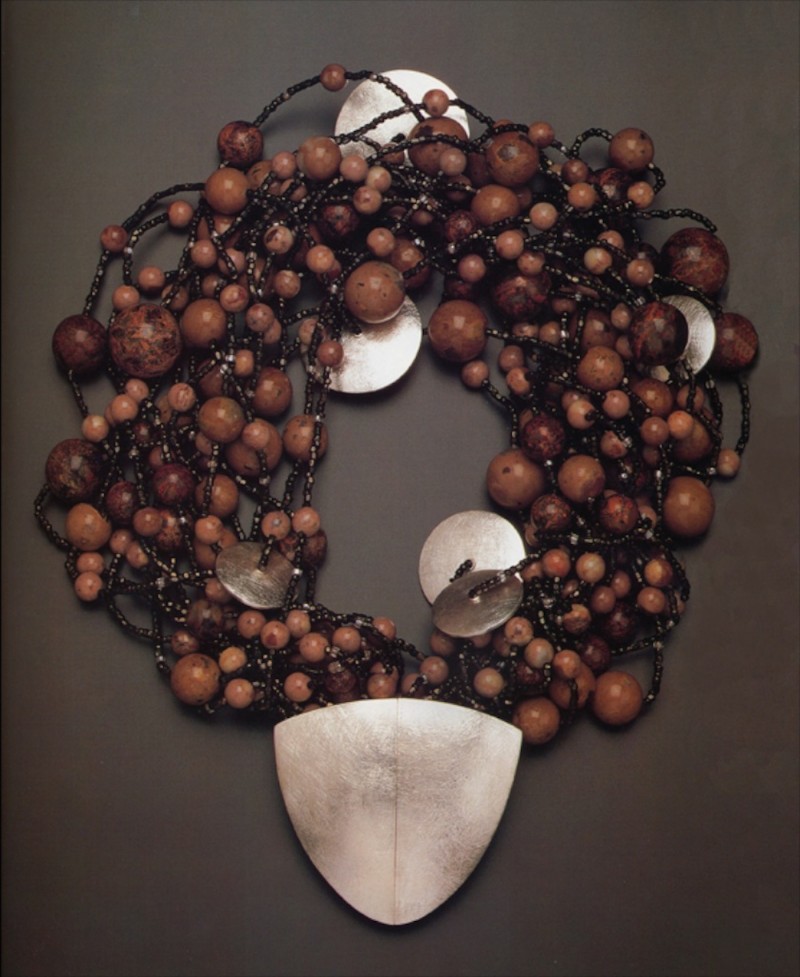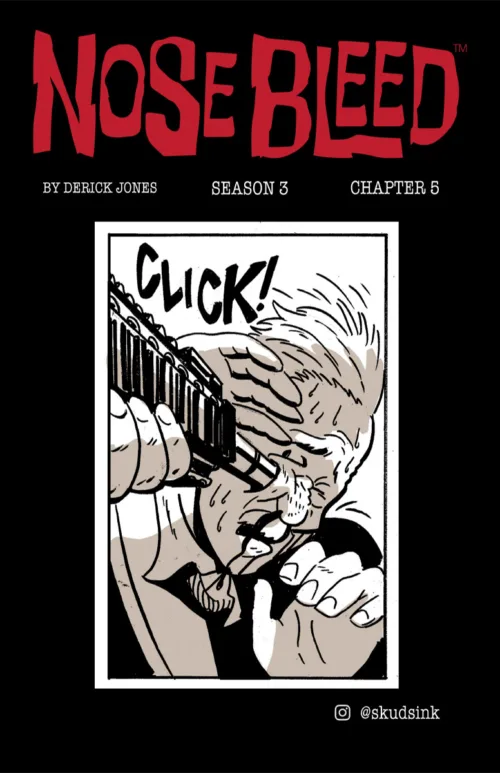Every two years, the Philadelphia Episcopal Cathedral hosts an exhibition of work by artists of the Senior Artists Initiative’s Inventory and Oral History Project. This year’s exhibition, on view through Sept. 30, includes works by Sharon Church, Nic Coviello, Cindi Ettinger, Patricia Ingersoll, Bruce Katsiff, Barry Parker, Brian Peterson, Jill Rupinski, and Rochelle Toner.
Supporting late-career artists

This current exhibition is typical of the two Senior Artists Initiative (SAI) shows I’ve seen and includes jewelry, prints, classic figure drawing, sculpture, and photography. The presentation is highly varied, especially in terms of medium. The glorious cathedral space can both support and overwhelm the art hanging around the outer, aisle walls. Walking slowly along the lengths of the aisles feels something like a pilgrimage, but this method of looking is focused, and in these SAI exhibitions, there are always discoveries to be made. Discovering and assisting artists is one of the strengths of SAI, a nonprofit support organization for late-career, senior artists.

I asked master printer and 2014 SAI artist Cindi Ettinger about the diversity among the works in this exhibition. She told me, “The art world should be inclusive but it’s not. Each generation has a different experience, so it was interesting to meet these people, some of them (other SAI artists) I’ve never met or heard of. It’s nice that they (SAI) put together a show and do all the work for you…It (the exhibit) may be all over the map, but it’s inclusive and that’s a good thing.”
Important work behind the scenes
SAI was originally formed in 1998 by Anne Kaplan, wife of celebrated University of the Arts printmaker Jerome Kaplan. SAI assists participating artists through teaching about the importance of creating an accurate work inventory and the legal considerations of estate planning. In addition to these practicalities, SAI oversees and records video interviews with participating artists, which may outline artists’ histories, biographies, major works, and interactions within the art world.

These video histories establish a significant archive of Philadelphia’s mature artists who have been working tirelessly for decades. The interviews highlight one artist’s life specifically, but when considered as a group, they create overarching narratives about Philadelphia’s art history, and teacher-student or curator-artist relationships. As far as I know, SAI is the only organization exclusively documenting this specific population. This work is notable, particularly in a major city that has so few exhibition or publication opportunities for artists who may be considered senior and late-career. About SAI’s support, Ettinger says, “I think that there are so many artists that are not able to keep up their career for whatever reasons, but they don’t stop making work. It’s nice to not be forgotten; it’s validating for some people, it’s respectful.”
Richard Weisgrau, SAI’s current executive director, told me that the videos are viewed upward of 24,000 times per year. There are currently 97 videos available for viewing on Vimeo, and every Friday night at 7 pm, SAI’s videos are broadcast on PhillyCam. For anyone interested in maintaining an art-making life, hearing in these videos how accomplished artists have sustained their art-making is edifying. Cindi Ettinger underscored this by noting, “People don’t understand how much they can learn, positive or negative, by talking to someone who has been around the block.”

About five artists a year are selected to participate in SAI’s program. Artists are proposed and sponsored by scholars, curators, and administrators of local institutions such as Drexel University, Michener Art Museum, and the Pennsylvania Academy of the Fine Arts, among others, many of which have long-term relationships with Wesigrau and SAI. The institutions assign a student intern or docent to help with cataloguing and inventorying works, and with the oral history video interview process. As part of their agreement, the institutions provide monetary sponsorship of their proposed artist to SAI to help support the organization’s videos and overall program. SAI also regularly receives grants from the Philadelphia Cultural Fund.








